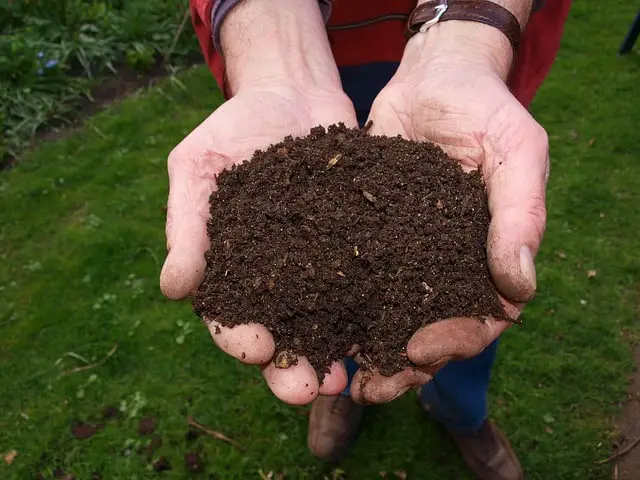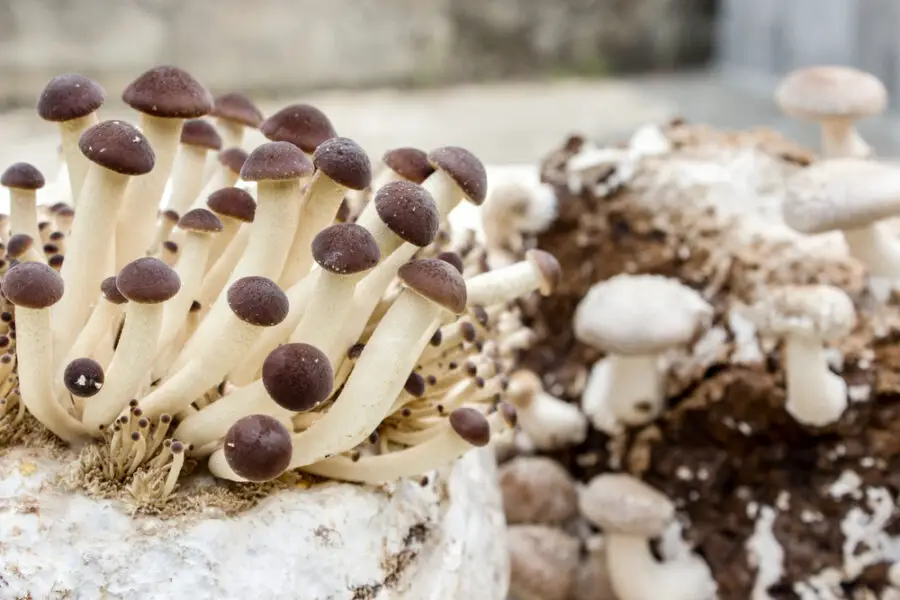Growing mushrooms at home using a mushroom kit is an easy alternative to growing your own from scratch because it provides you with everything you need.
According to FreshCap, a mushroom grow kit is essentially a compost block that contains mushroom mycelium that is awaiting the conditions required to develop into fruiting bodies. Because there is a limited amount of nutrients within the block, each flush of mushrooms will be smaller than the previous flush as this correlates with the amount of nutrients still available.
If you are interested in learning more about growing mushrooms from a mushroom kit, continue reading the article below.
Why should I use a mushroom growing kit?
If you are new to growing mushrooms at home, a mushroom grow kit is the simplest way to get started without needing too much prior knowledge about mushrooms. FreshCap notes that it is beginner-friendly and requires no special skills or equipment. However, they do suggest doing some research to ensure that you find high-quality kits because there are so many options available.
What kinds of mushroom kits are there?
Mushroom grow kits can come with a variety of different mushrooms; however, the most common one you will find is the Oyster Mushroom as they are easy to grow and aren’t easily contaminated. These are great starter mushrooms because even if the conditions aren’t perfect, they are still likely to grow many fruiting bodies.
Some other popular choices are Shiitake Mushrooms, Lion’s Mane, Button Mushrooms, Portabella Mushrooms, Giant Heirloom, Crimini, and Baby Bella.
What is the Best Mushroom Grow Kit?
With so many options available, it may be challenging to know which one to choose. There are several lists on the internet about “The Top # Mushroom Kits.” The top 6 list that comes from Tree Hugger consists of the following:
- Root Mushroom Farm Golden Oyster Mushroom
- Uncommon Goods Shiitake Mushroom Log Kit
- Back to the Roots Organic Mushroom Growing Kit
- Bluff City Fungi Mushroom Grow Kit 4-Pack
- North Spore Blue Oyster Mushroom Kit
- Mushroom Man of Peotone Morel Mushrooms Grow Kit
How many mushrooms will you get from a kit?
Your mushroom kit should allow you to grow several crops of mushrooms over an eight to twelve week period. If kept cool in a fridge, the mushrooms may be kept dormant until you are ready to begin growing them. Mushroom Adventures notes that the number of mushrooms will depend on how large the fruit is. If you have many large mushrooms, fewer of them will grow. If you have smaller mushrooms, you will have many more of them.
Where can I buy mushroom kits?
Mushroom Appreciation informs us that we can buy mushroom kits from several different places including home and garden stores, natural food stores, cooking stores, feed/animal stores, or from your local mushroom grower. There are also several online companies such as Fungi Perfecti, or even Amazon.
How do I grow mushrooms with a mushroom growing kit?
Growing mushrooms with a mushroom growing kit is quite simple. You just need to follow three steps:
- Soak the kit in water
- Scrape back some of the mycelium
- Keep moist near direct light
What are the best mushroom growing conditions?
Mushroom Adventures notes that mushrooms will fruit faster in warmer temperatures than in cooler temperatures. They state that the best temperature for growing many quality mushrooms is between 63 to 68 degrees F. If you keep the mushrooms in constant high temperatures, you may kill the mycelium while cold temperatures may cause the mushrooms to return to dormancy.
Where should I grow my mushrooms?
Mushroom Adventures tells us that the best location for your mushroom is in a room where the temperature is close to the aforementioned temperatures. However, this may depend on your mushroom variety so it is best to research the optimal temperature for your chosen mushroom. Your mushroom kit shouldn’t be kept in the dark but nor should it be placed in direct sunlight because it may dry out or even kill your mushrooms.
Indoor locations are preferable to outdoor locations to ensure that they are not infested by insects such as fly larva, mites, and slugs. You must also be sure not to cover your mushrooms because they will need ventilation to grow.
How often should I water my mushroom kit?
Where ever you choose to grow your mushrooms, you need to be sure to keep them moist. If you allow your mushrooms to dry out, they may not recover. Mushroom Adventures notes that after the initial soaking, simply misting the mushrooms with water once a day is sufficient to keep them growing. If there is no drainage in the mushroom kit, overwatering may flood the mycelium and drown them.
How long do mushrooms need to grow before harvesting?
Depending on what kind of mushrooms you are growing, it can take between five and eight weeks after starting the mushrooms according to Mushroom Adventures. The mushrooms will continue to produce crops approximately every 10 to 30 days after the initial crop.
The first mushrooms will be the biggest mushrooms has they have access to the most nutrients in the compost. As each new crop grows they will be smaller and smaller until there are no more available nutrients in the soil and the kit is spent.
Can I contaminate my mushrooms?
The older your kit is, the more likely it is that it will end up with contaminants or insects. Flies and molds may begin growing around the kit; however, Mushroom Adventures notes that this doesn’t mean that you need to throw away your kit. They suggest that flies are easily controlled with a thin layer of vegetable oil on the upper portion of the kit while molds don’t cause any immediate harm and usually only show up near the end of the kit life.
What do I do with my old kit?
When you have grown your final mushrooms with your kit, most mushroom kits are compostable. You can simply add it to your compost pile or mix the contents into your garden.
Hi, I’m John Stephens, chief editor and writer for Totalgardener.com. I’ve been gardening and raising animals for over 15 years starting with a small backyard plot in Northern Virginia where I grew corn, potatoes, squash, and using a high mulch technique called the Ruth Stout Method. I also raised ducks and small mammals for meat and eggs in a movable pen similar to the ones used by Joel Salatin. I later moved to Colorado where I experimented with growing greens using aquaponics inside. I eventually added a microgreens setup and home sprouting operation. I’m excited to share everything I’ve learned plus more from the other local gardening and animal raising experts I know.



